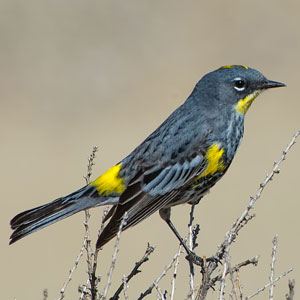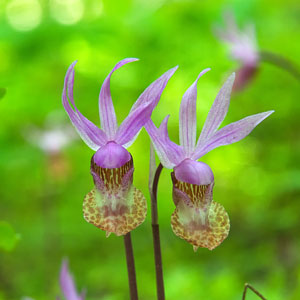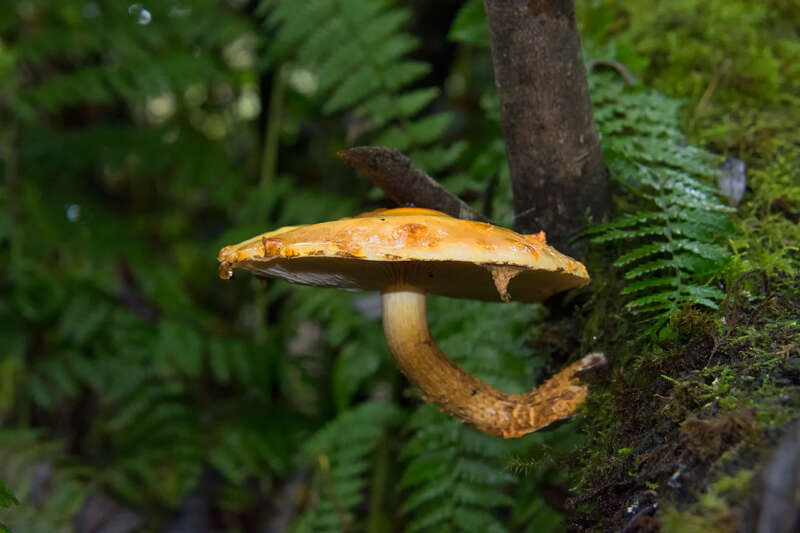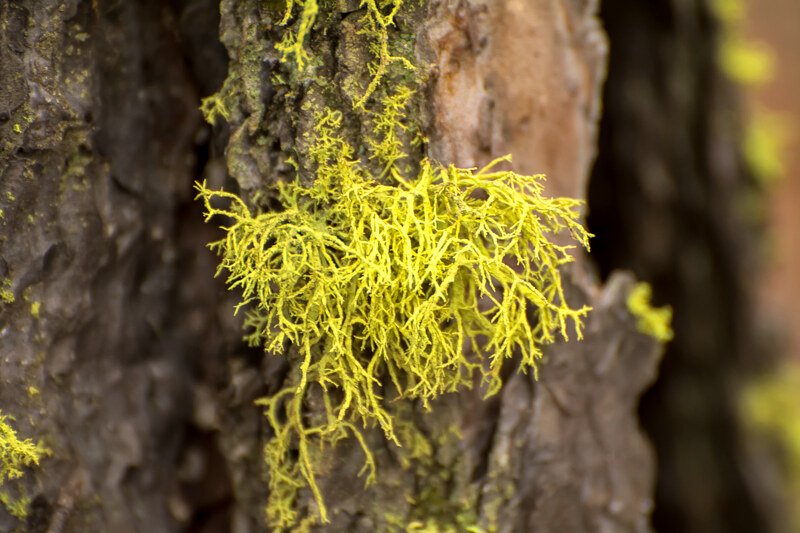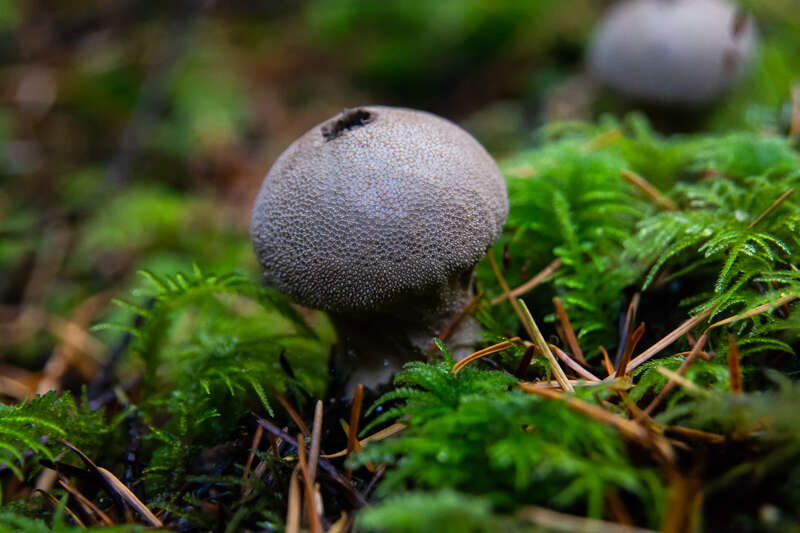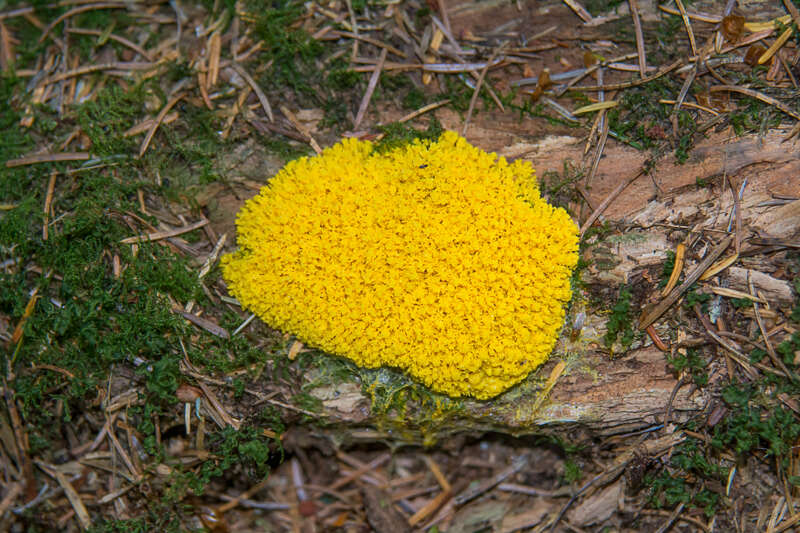Mushrooms and Lichens
Without the enormous and nearly invisible world of fungi, there would be no forests or plants as we know them, no animals living, feeding and hunting in the forests and nothing to break down what organic matter is left. It’s this wonderful (and often weird) group that keeps nutrients moving and cycling through our world’s ecosystems.
Light-Spored Gilled Mushrooms
These are your most common mushrooms found in the wild, and those that in the weird and wild world of fungi, look most like what we think of a toadstool-type mushroom: having a cap and stalk. When taking a spore print, these will typically have white to pink spores.
Brown-Spored Gilled Mushrooms
This group of mushrooms has little to do with taxonomical classification but rather are listed in a way to help in mushroom identification. When trying to determine a mushroom’s species, these will have a cap with gills underneath, a stalk and when taking a spore print, these will always have brown spores.
Polypore and Crust Fungi
This collection of mushrooms typically isn’t often recognized as mushrooms at first, but are easily recognized when they are seen in the wild. Typically found growing on the side of either living or fallen trees or decaying wood, they include such fungi as the extremely common turkey-tail and shelf-like polypores like the world-famous reishi.
Lichens
Lichens are not one, but two or more organisms living together in a way that creates its own distinct organism. The dominant organism is a fungus that supplies the physical shape and fruiting bodies, and that fungus is combined with either a green algae, a blue-green algae or a combination of both, depending on the type of lichen.
Morels, False Morels and Elfin Saddles
Some members of this distinctive group are the highly prized and eagerly sought-after morels that command high prices at the market, while others can be not only non-edible but even dangerously poisonous! These are some of the more unique-looking wild mushrooms we have in North America.
Jelly-like Fungi
There are many types of jelly fungi, and to simplify the grouping of these wild fungi into easily understood classification, I’m ignoring scientific taxonomy and lumping them all together. Jelly fungi, for the most part, are irregular, rubbery and gelatinous with several types prized for taste!
Unique and Unusual Mushrooms
As mushrooms and other fungi can come in many shapes, sizes, colors and habitats, this gallery is meant to be a “catch-all” for all those that don’t fit into any of the other categorical galleries listed on this website.
Puffballs, Earthballs and Earthstars
This diverse group of mushrooms is fairly easy to recognize, and not so easy to always identify. Typically they are round in shape, whether flattened to nearly spherical, and it is within this body that the spores develop and when the time is right, it splits open to release a dry dusty cloud of spores that is carried away by wind or water.
Club, Coral and Fan-like Fungi
Also known as clavarioid fungi, these beautiful and unusual woodland mushrooms look very much like coral, with many species being brightly colored and thus easily spotted on decaying wood or rich forest soils.
Cup-fungi
Cup fungi are one of the many unusual types of mushrooms of the Pezizaceae family that have fruiting bodies that resemble a cup or saucer, with spores forming and being dispersed from the inside of the cup through either dripping water, rain or wind.
Boletes
Boletes are a mostly a group of thick fleshy mushrooms that instead of gills on the underside of the cap, have a spongy surface comprised of thousands of tightly-packed tubes that contain the spores necessary for reproduction. Like most other mushrooms, each bolete is usually found near a specific host tree species.
Dark-spored Gilled Mushrooms
Less common than the light or brown-spored gilled mushrooms, those with dark spores are also grouped using the same classification system for identification purposes. These follow your traditional gilled cap and stalk shape and will show either purplish-black to dark black spores when conducting a spore print.
Slime Molds
While once considered part of the fungus kingdom, slime molds are an interesting group of unicellular or multicellular organisms found in soil on decaying vegetation where they feed on microorganisms such as bacteria, fungi and yeasts and help with the general breakdown of organic matter.



